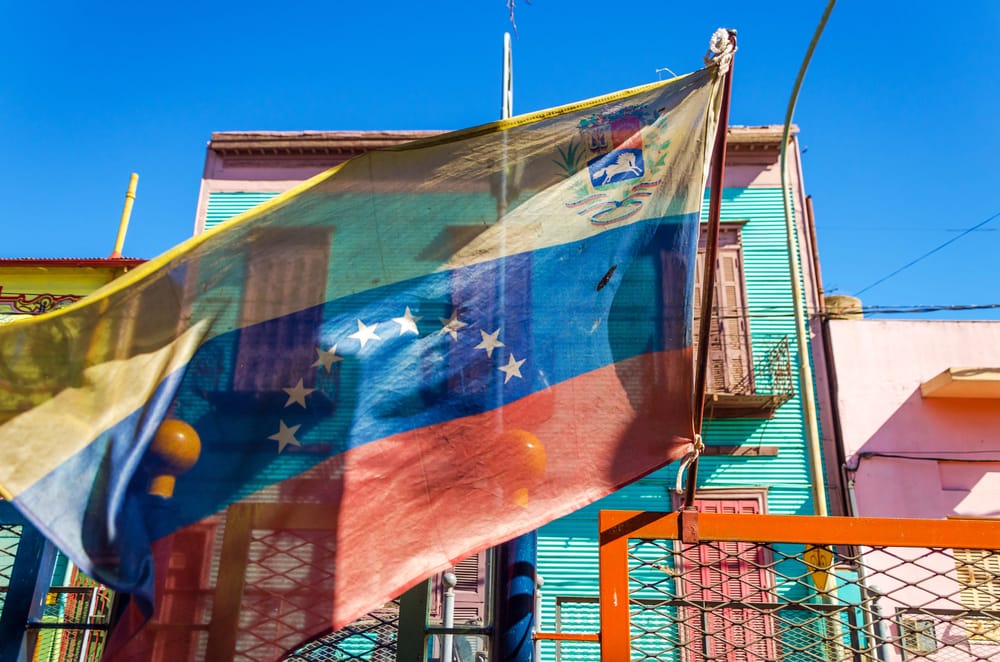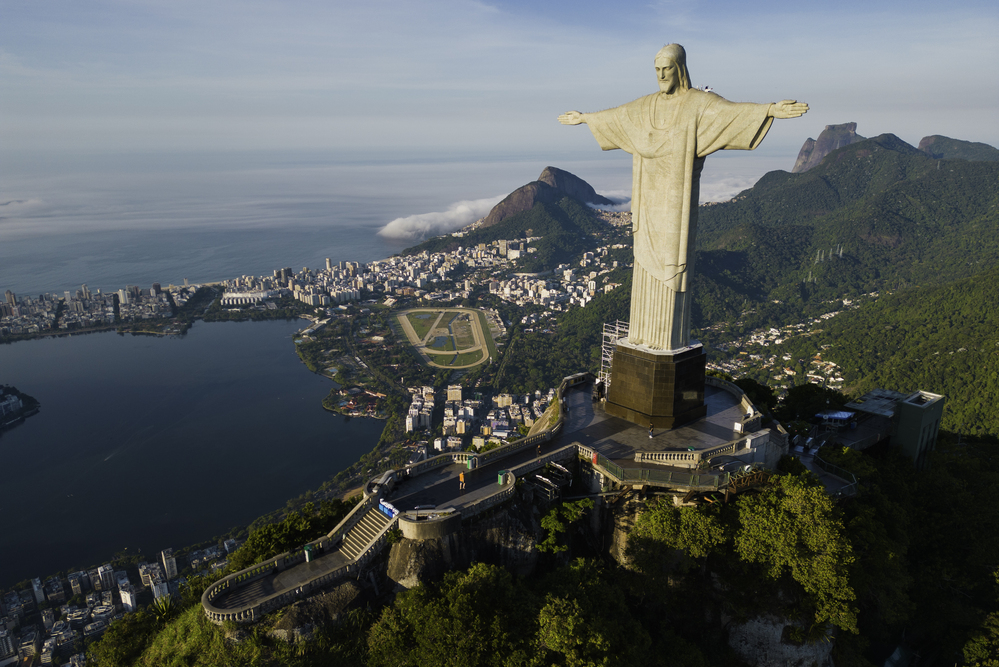Despite political and economic challenges, Venezuela remains a fascinating destination for those looking to discover lesser-explored treasures. If you enjoy nature, history, and warm hospitality, this country might surprise you. In this article, I will show you things to do in Venezuela, main destinations, and attractions.
Venezuela
Before proceeding with the main topic, let’s get to know a little about Venezuela to have more confidence when embarking on this adventure of exploring Latin America. Understanding a bit about the territory, history, and culture of the country you wish to visit is important to make the most of your trip. Venezuela ranks tenth among the safest countries in Latin America.

Territory
Venezuela has an impressive and very diverse territory, making it an attractive destination for those who enjoy exploring different landscapes in one country. Located in the northern part of South America, it borders Brazil, Colombia, and Guyana, and has an extensive coastline facing the Caribbean Sea. This ensures paradisiacal beaches in the north, while the interior reveals tropical forests, mountains, deserts, and vast plains.

One of the most well-known regions is the Gran Sabana in the southeast, where the “tepuyes” stand out — immense flat-topped mountains like Mount Roraima. This unique landscape enchants adventurers from all over the world. Nearby is Canaima National Park, home to Angel Falls, the world’s highest waterfall, with nearly a thousand meters in height.

In the west of the country, the Venezuelan Andes emerge, with cities like Mérida surrounded by mountains and valleys. It is there that the highest cable car in the world is located, offering incredible views of the Andes mountain range. In the center, there are the “llanos,” plains that stretch for thousands of kilometers and are perfect for observing wildlife such as capybaras, macaws, and caimans.
The Amazon region of Venezuela, in the south, is covered by dense forests and hosts rich biodiversity, as well as indigenous communities that preserve their traditions. In the north, the Caribbean coast enchants with its islands, such as Los Roques and Margarita Island, where the turquoise blue sea and tranquil beaches attract tourists seeking relaxation.
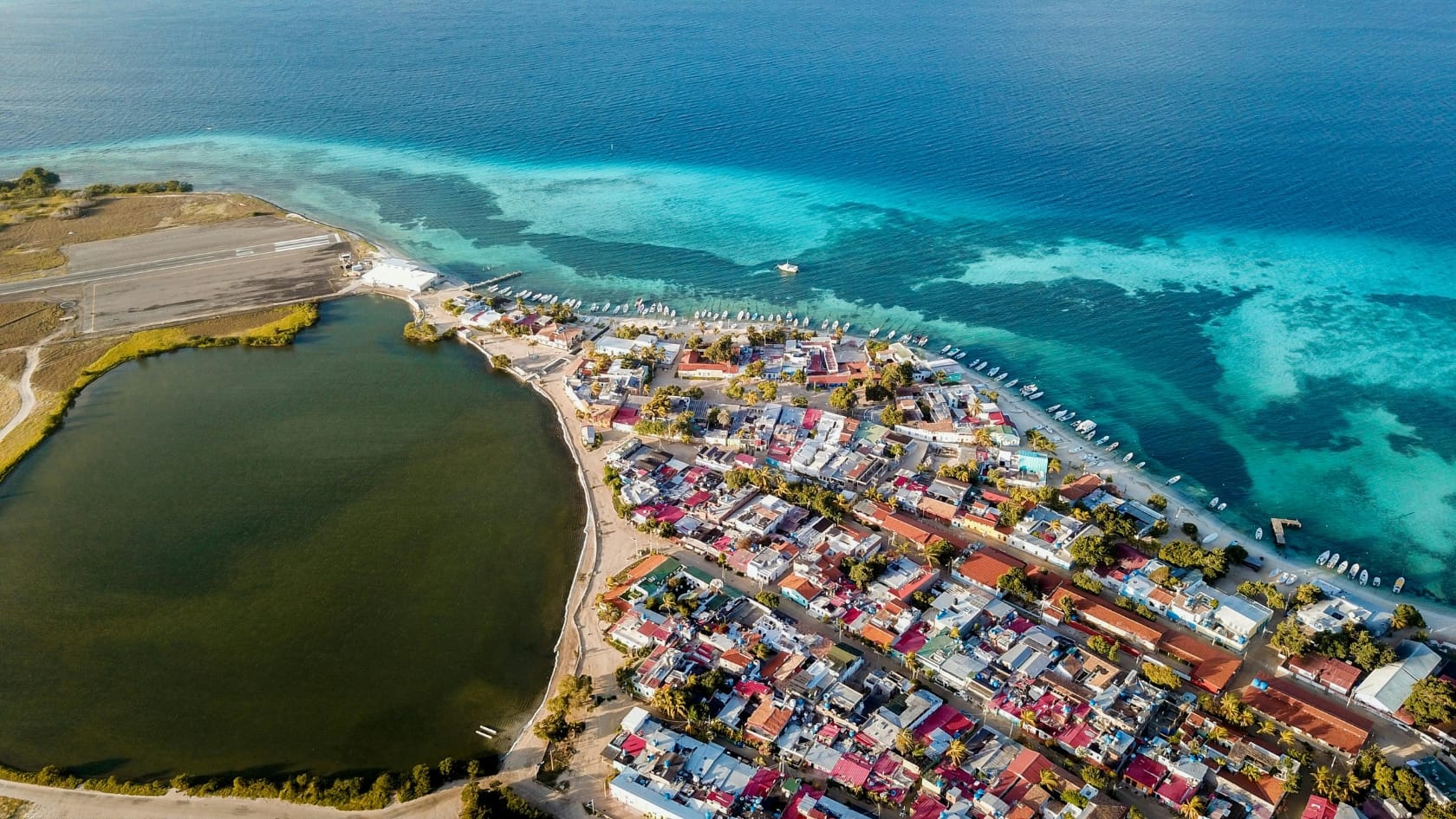
With so much variety, Venezuela is a true natural mosaic. Each region has its charm and offers unique experiences, making the country a destination full of surprises for those who wish to connect with nature.
History and Culture
The history and culture of Venezuela are rich and full of influences that have shaped the country’s identity. Before the arrival of European colonizers, the territory was inhabited by various indigenous peoples, such as the Caribs, Arawaks, and other groups who lived by fishing, hunting, and agriculture. With the arrival of the Spanish in the 16th century, the region was colonized and became part of the Spanish Empire for almost 300 years.
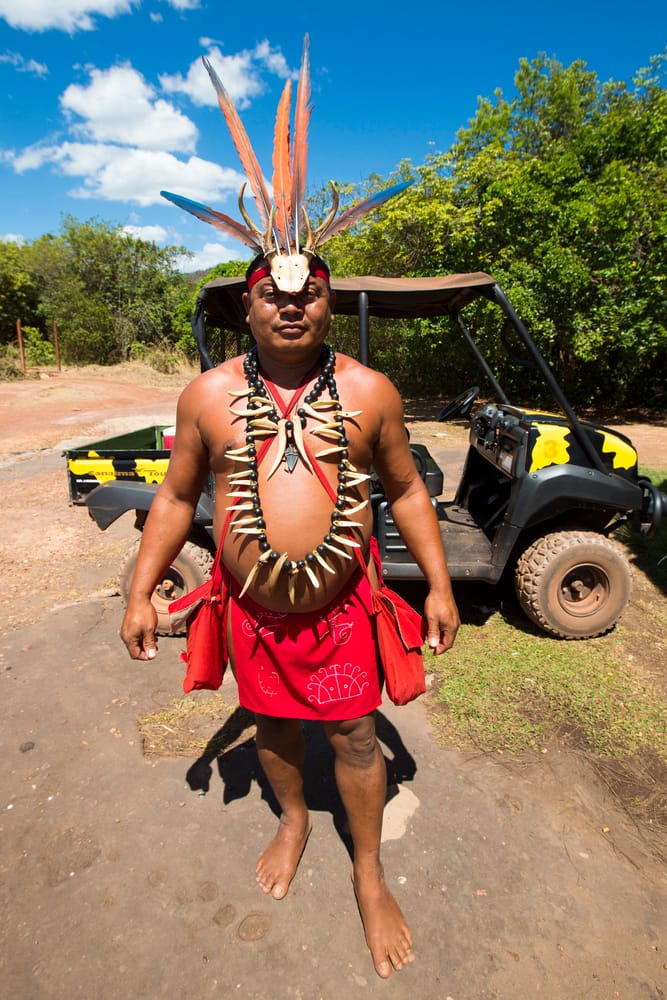
The struggle for independence began in the early 19th century and was led by Simón Bolívar, one of the most important figures in South American history. Venezuela officially became independent in 1821 and has since experienced various periods of political instability and social transformations. In the 20th century, the country went through a phase of wealth driven by oil, which became its main source of income.
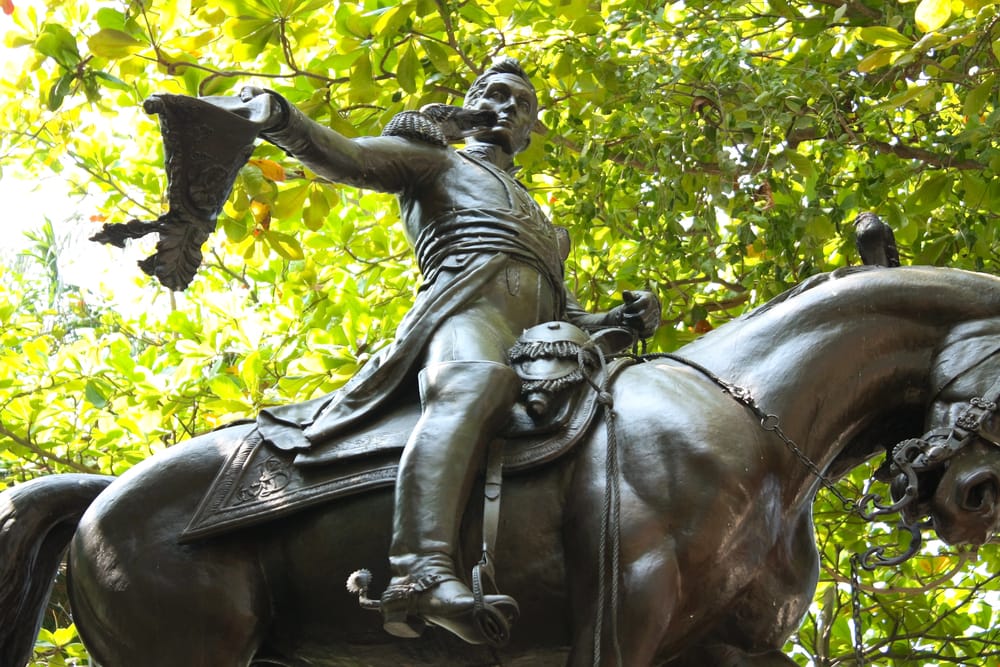
Venezuelan culture is a vibrant mix of indigenous, African, and Spanish influences. This combination is evident in music, dance, art, and cuisine. Rhythms like joropo, played with a harp and cuatro (a type of guitar), are traditional and enliven popular festivals. The cuisine is also notable, with dishes such as arepas, cachapas, and hallacas, which are widely consumed in daily life and celebrations.

Festivals and religious traditions, such as Carnival and Holy Week, are important moments in the lives of Venezuelans, always accompanied by music, dance, and much joy. Additionally, the people are known for their friendliness, hospitality, and cultural pride.
Getting to know the history and culture of Venezuela is to dive into a country with a strong soul, deep roots, and a diversity that enchants any traveler. It is a way to better understand the people and appreciate everything the nation has to offer.
Main Destinations
Traveling to Venezuela is like discovering a hidden treasure of South America. The country offers a wide variety of landscapes and experiences, ranging from crystal-clear beaches to snow-capped mountains. One of the highlights is Canaima National Park, home to the famous Angel Falls, the world’s highest waterfall with nearly a thousand meters in height. The place looks like something out of a movie and enchants visitors with its wild nature.
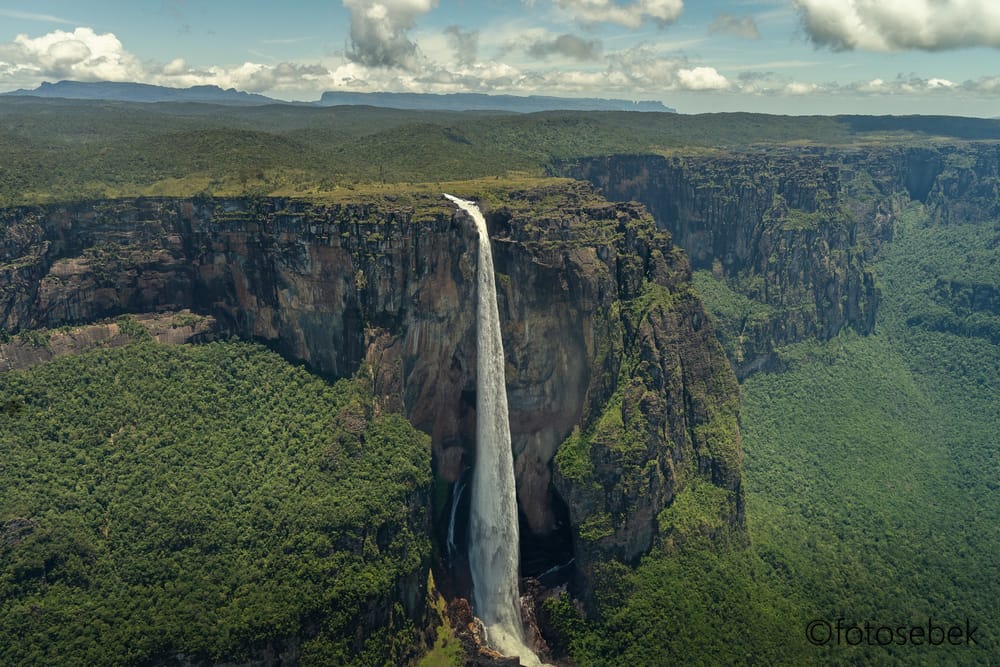
Another impressive destination is the Los Roques archipelago, known for its turquoise blue sea, ideal for diving and relaxation. For those who love mountains, the city of Mérida in the Venezuelan Andes is a great choice. There, you can take the highest and longest cable car in the world, offering breathtaking views.
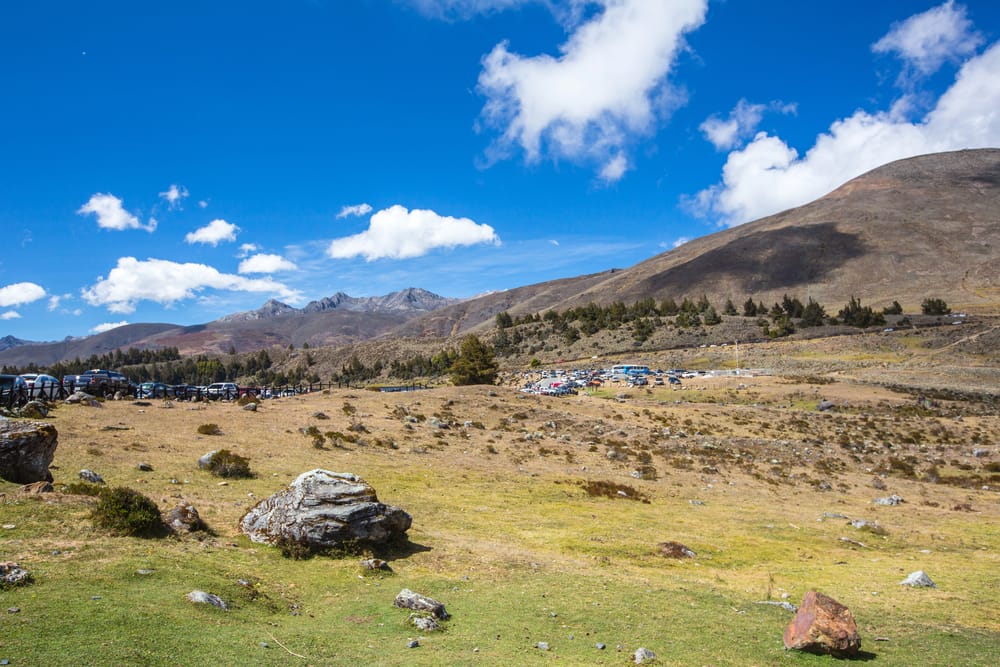
In addition to nature, Venezuela also has cities full of history, such as Caracas, the capital, which mixes modern buildings with historical monuments. The local cuisine is a strong point: dishes like arepas, empanadas, and pabellón criollo showcase the diversity of Venezuelan flavors.
It is important to remember that the country faces economic and political challenges, so it is essential to plan the trip carefully, seeking updated information and, if possible, relying on the support of local guides. Despite the difficulties, there will be no shortage of things to do in Venezuela, and Venezuelans are usually very welcoming and receptive to visitors.
Caracas
Caracas, the capital of Venezuela, is a large, vibrant city full of contrasts. Surrounded by mountains and overlooking the Caribbean Sea, it offers an interesting mix of nature, culture, and history. For those visiting the city, there are several activities and places worth exploring. Here are some things to do in Caracas, Venezuela:
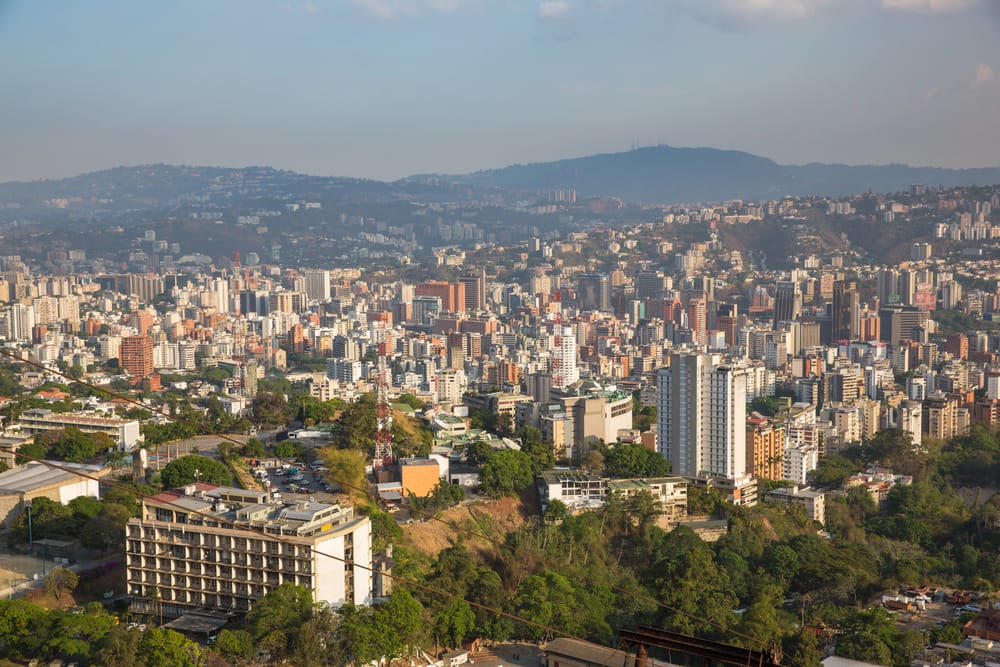
One of the most famous spots is El Ávila National Park (officially called Waraira Repano), a huge green area that separates the city from the sea. You can take a cable car up the mountain and enjoy an incredible view of Caracas from the top. For those who enjoy hiking, there are trail options through the vegetation to villages like Galipán, where you can taste typical dishes and artisanal sweets.

In the city center, a visit to Plaza Bolívar is essential. It is there that you will find the Caracas Cathedral and the Bolivarian Museum, which tells the story of Simón Bolívar, the hero of Venezuela’s independence. Another highlight is the National Pantheon, where the remains of Bolívar and other historical figures are located.
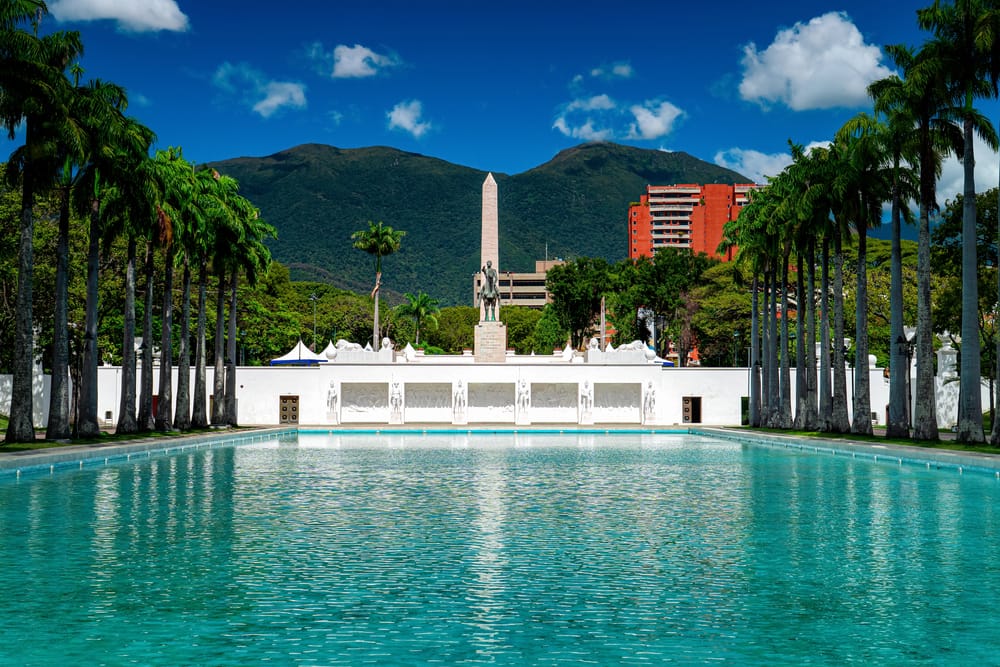
For those who enjoy art and culture, the Museum of Contemporary Art and the Teresa Carreño Theater are great options. Shopping enthusiasts can visit the Boulevard de Sabana Grande, full of shops, cafes, and street artists.
Caracas also has pleasant parks, such as Parque del Este, ideal for walking, picnicking, and observing animals. At night, neighborhoods like Altamira and Las Mercedes offer good options for bars and restaurants.
Despite the challenges the city faces, Caracas holds surprises and interesting experiences for the curious traveler. With good planning and attention to safety, it is possible to enjoy the visit and get to know the urban heart of Venezuela.
Mérida
Mérida, located in the Andean region of Venezuela, is a charming destination for those seeking nature, culture, and adventure. The city is surrounded by mountains and offers a variety of attractions for all tastes. Here are some things to do in Mérida, Venezuela:
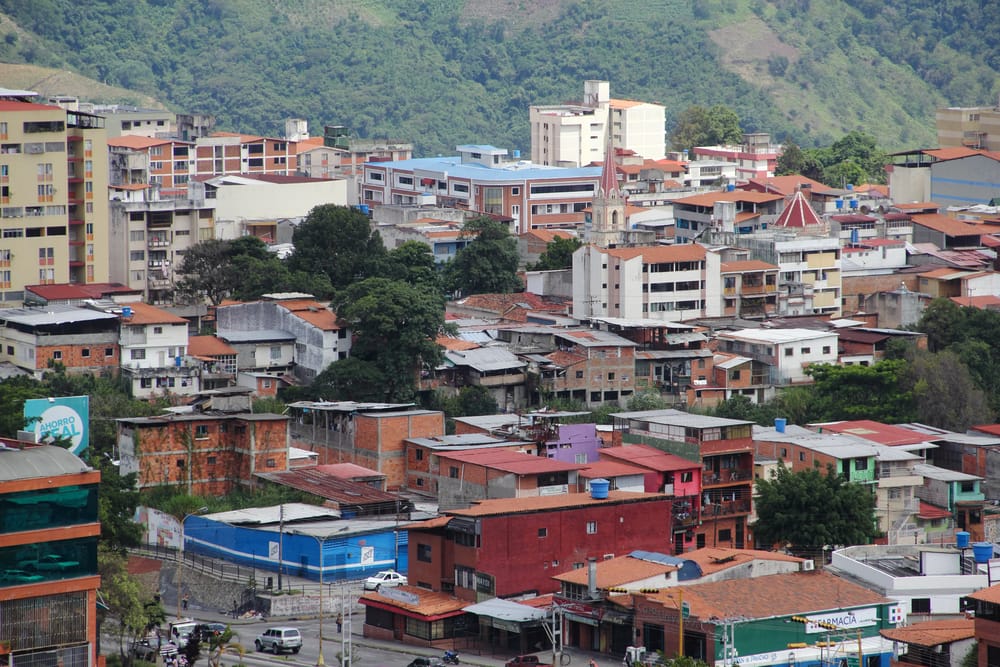
One of the main attractions is the Mérida Cable Car, known as Mukumbarí, the highest and longest in the world, which takes visitors to Pico Espejo at an altitude of 4,765 meters, offering incredible panoramic views of the Andes mountain range.

For nature lovers, Sierra Nevada National Park is a must-visit, with trails leading to stunning landscapes such as Laguna de Mucubají, a glacial lake surrounded by mountains.
The city is also rich in culture. The Mérida Cathedral, with its impressive architecture, is a historical landmark. The Mérida Botanical Garden offers a diverse collection of native and exotic plants, ideal for peaceful walks.
For a unique experience, visit Heladería Coromoto, famous for offering an impressive variety of ice cream flavors, recognized by the Guinness World Records.
Mérida also features theme parks like “La Venezuela de Antier,” which recreates traditional villages, providing an immersion into the country’s culture and history.
Canaima National Park
Canaima National Park, located in southeastern Venezuela, is one of the most impressive places in South America. With landscapes that seem otherworldly, the park is famous for its rock formations called “tepuyes,” large flat-topped mountains, gigantic waterfalls, and virtually untouched nature. It is an ideal destination for those who love adventure, unique landscapes, and direct contact with nature. Here are some things to do in Canaima National Park, Venezuela:

The most famous attraction in the park is Angel Falls, the world’s highest waterfall, with nearly 1,000 meters in height. To get there, you need to take a boat ride along the river and then a short hike through the forest. The effort is worth it: the view of the waterfall surrounded by mountains is breathtaking.
In addition to Angel Falls, the park offers other incredible experiences. You can visit Canaima Lagoon, where several waterfalls converge in one place, creating a magical scene. You can also explore the Carrao River, take canoe trips, and meet indigenous communities living in the region, such as the Pemóns, who are the guardians of the local culture.
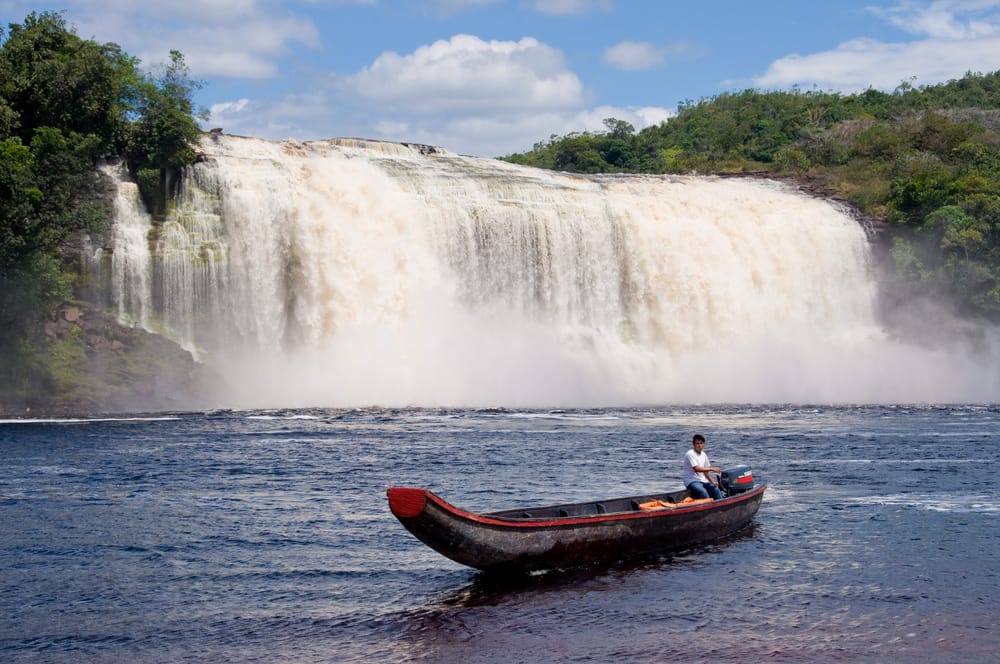
Waterfall and boat in Canaima National Park, Venezuela
Canaima National Park is a UNESCO World Heritage Site and covers a vast area of over 30,000 km². Most visits start from the small village of Canaima, which serves as a base for tours. Tourists usually stay in simple but very welcoming lodges, with views of the surrounding natural beauty.
Visiting Canaima is an unforgettable adventure. Each landscape looks like something out of a movie, and the connection with nature is profound. It is the kind of place that leaves a lasting impression on any traveler and shows how rich Venezuela is in natural treasures.
Los Roques
The Los Roques archipelago in Venezuela is a true Caribbean paradise. Comprising more than 300 islands and islets, this destination enchants with its crystal-clear turquoise waters, white sands, and a tranquil atmosphere, ideal for those seeking relaxation, contact with nature, and breathtaking landscapes. Here are some things to do in Los Roques, Venezuela:
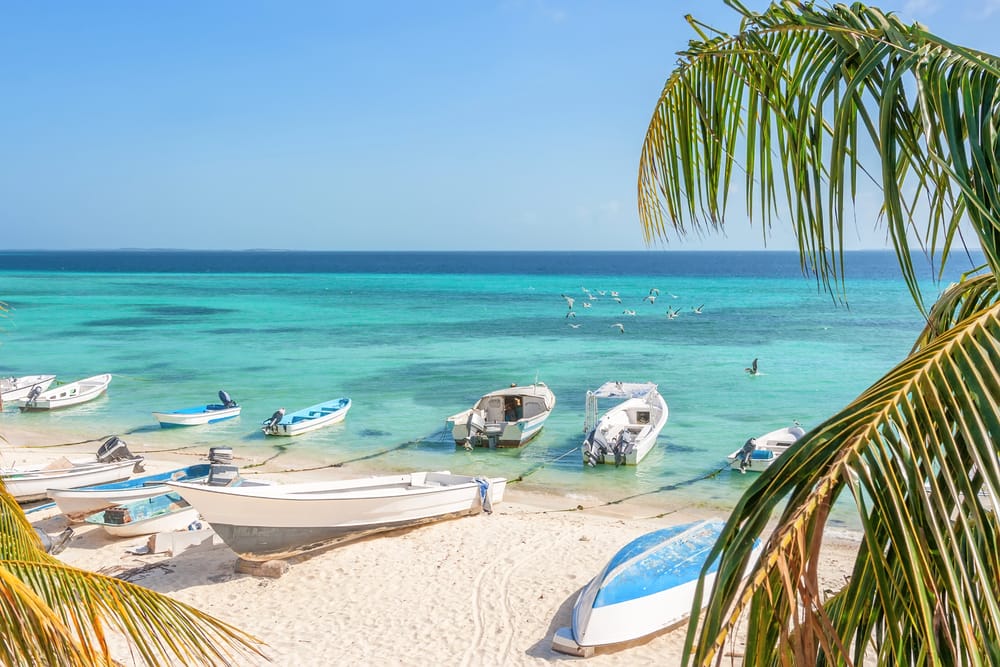
One of the main activities in Los Roques is simply relaxing on the beaches. The most visited islands are Cayo de Agua, Madrisquí, Crasquí, and Francisquí, each with its own unique beauty. Cayo de Agua, for example, is famous for its sandbar that connects two islets, creating a perfect photo opportunity. Francisquí, being closer to the main island, Gran Roque, is great for spending the day and practicing water sports.
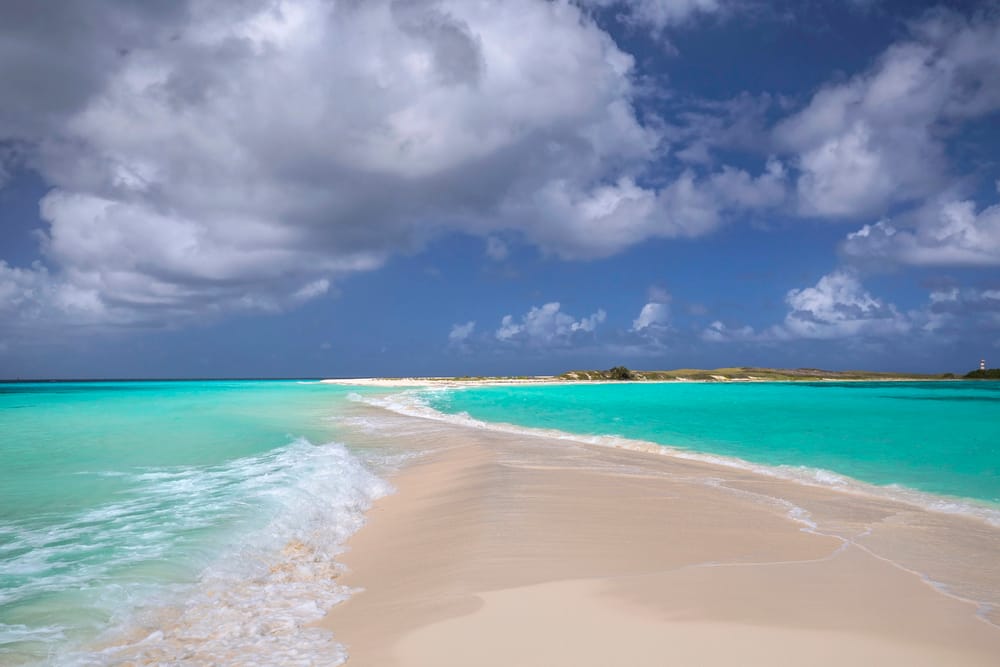
Snorkeling is one of the most recommended experiences. The coral reefs in the region are home to a wide variety of colorful fish, turtles, and other marine species. You can also take boat trips between the islands, practice kitesurfing, stand-up paddleboarding, and even sport fishing, always respecting the national park’s preservation rules.
Gran Roque is the center of the archipelago and the only inhabited place, with simple and charming lodges, restaurants, and agencies that organize tours. One of the most beautiful activities is watching the sunset from the top of the lighthouse, with a panoramic view of the sea and the islands.
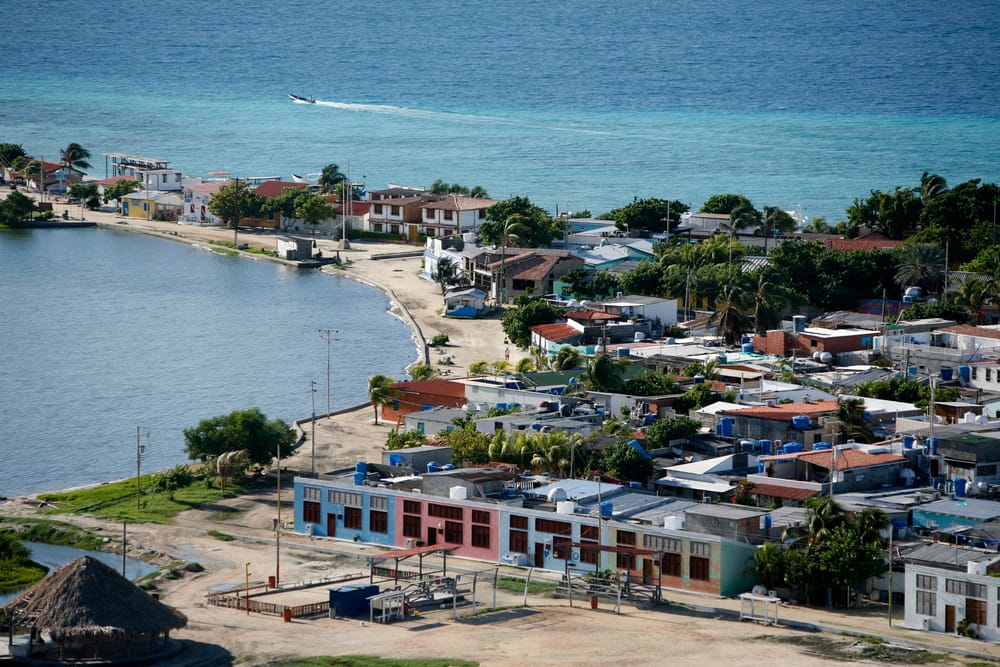
Los Roques is a hidden gem of the Caribbean, still little explored by international tourism. It is the perfect destination for those who want to disconnect from the world and enjoy peaceful days in a paradisiacal setting. Ideal for couples, families, or solo travelers seeking nature and tranquility.
When to Visit Venezuela
Choosing the best time to visit Venezuela makes all the difference in your travel experience. The country has a tropical climate, which means temperatures are warm year-round, ranging between 25°C and 30°C in most regions. However, the main factor influencing tourism there is the division between the dry season and the rainy season.
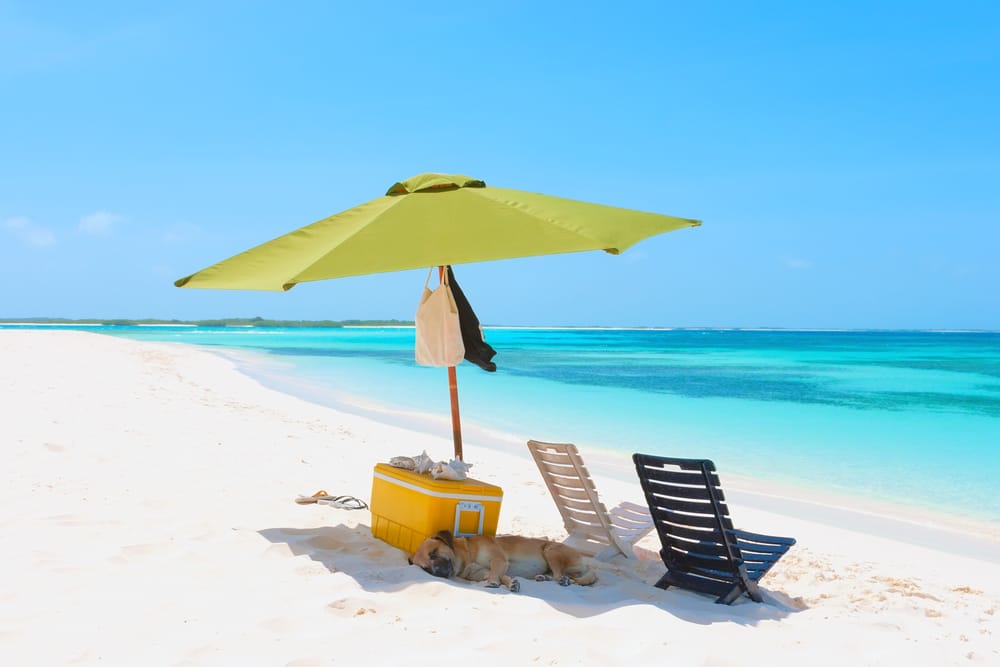
The best time to visit Venezuela is during the dry season, which runs from December to April. During this period, the weather is more stable, with less rain, making it easier to enjoy tours and access various natural attractions. It is ideal for enjoying the crystal-clear beaches in Los Roques, exploring Canaima National Park, or visiting cities like Mérida and Caracas with clear skies and sunny days.

Between May and November, the country enters the rainy season. Although the landscapes become greener and the waterfalls gain volume, the rains can hinder trails, boat trips, and flights, especially in remote areas like Canaima. On the other hand, if you want to see Angel Falls at its most impressive, this is the best period, as the waterfall depends on the volume of rain.
Another important tip is to consider holidays and festive periods, such as Carnival (February or March) and Christmas, when the country becomes busier and prices may rise.
In summary, for most tourists, the months between December and April offer the best conditions to explore Venezuela with comfort and safety. This is when the weather favors outdoor activities, access is easier, and the natural beauty can be fully enjoyed.
How to Get to Venezuela
Getting to Venezuela can be easier than many imagine, especially from South American countries. The main gateway to the country is the capital, Caracas, through Simón Bolívar International Airport, located in the city of Maiquetía, about 30 km from the city center. This airport receives flights from various international destinations as well as from other Venezuelan cities.

For those traveling from Brazil, there are currently no frequent direct flights, but it is possible to reach Venezuela with layovers in countries like Panama (via Copa Airlines), Colombia (Avianca), or through connections with Venezuelan airlines such as Conviasa. It is always worth checking updated routes, as options may vary.
Another alternative, although less common, is to travel by land, especially for those in the northern region of Brazil, such as in Roraima. The city of Pacaraima borders the Venezuelan city of Santa Elena de Uairén. From there, it is possible to continue the journey by bus or taxi to other regions of Venezuela. However, it is important to be aware of safety issues, documentation, and the availability of local transportation.
To enter Venezuela, Brazilians do not need a visa for tourism for up to 90 days, but a valid passport is required. It is also recommended to have a yellow fever vaccination certificate, especially if visiting more natural areas.
Finally, when planning your arrival, it is worth booking accommodation and researching local transportation in advance. In some tourist regions, such as Los Roques or Canaima, it is necessary to take internal flights, usually on small planes, departing from Caracas. Planning ahead helps avoid unforeseen issues and ensures a smoother experience upon arrival in the country.
